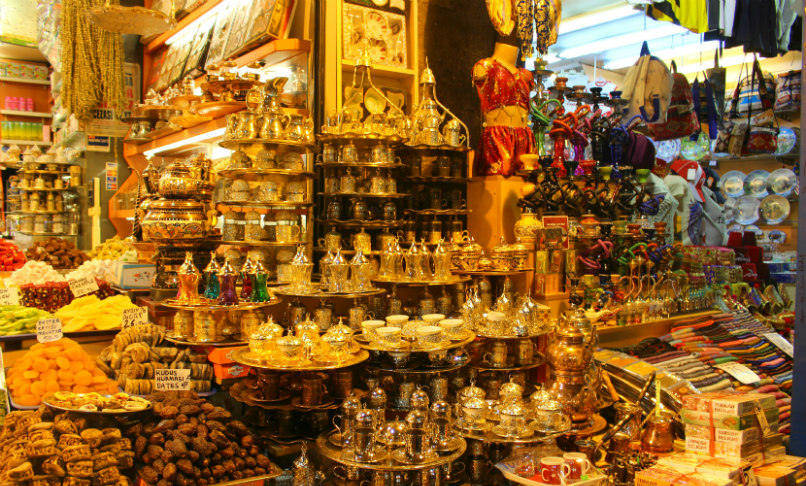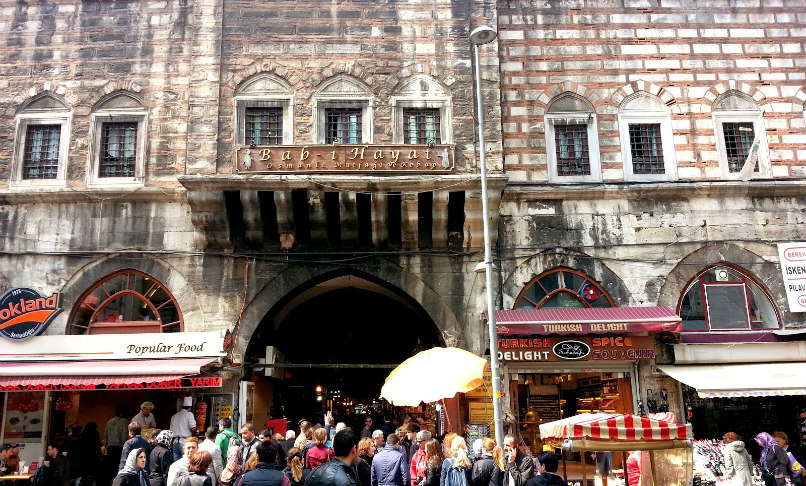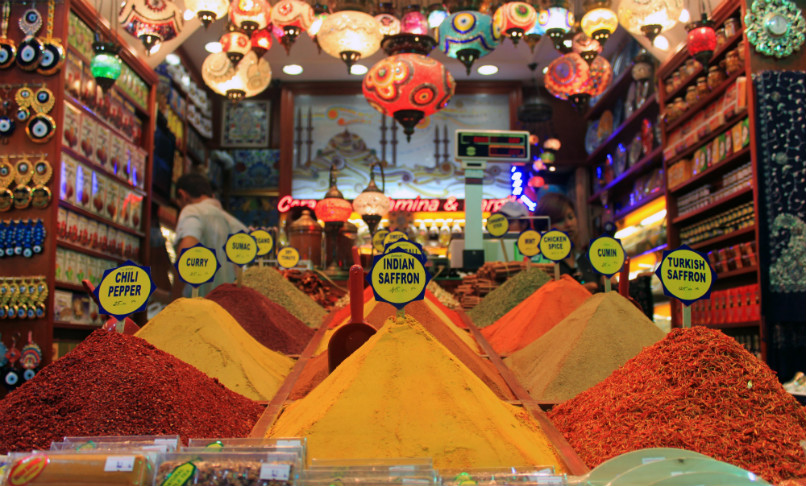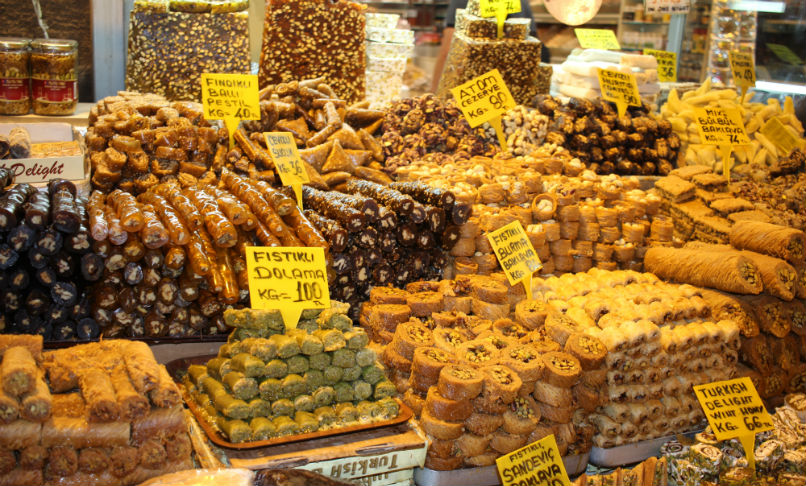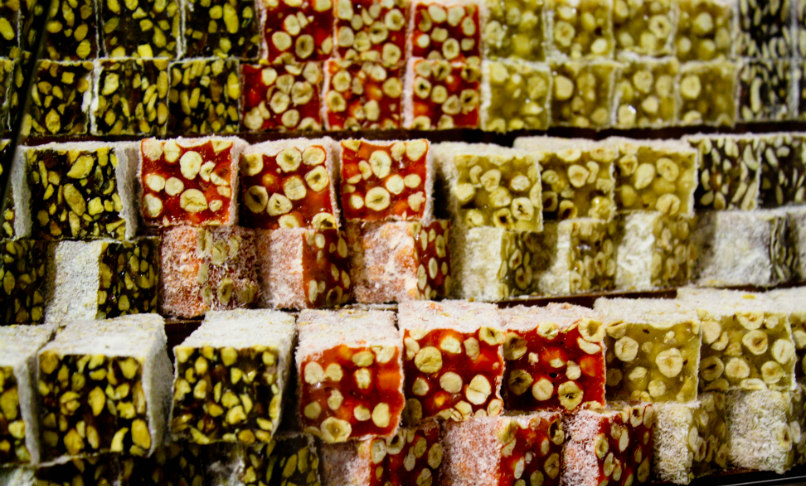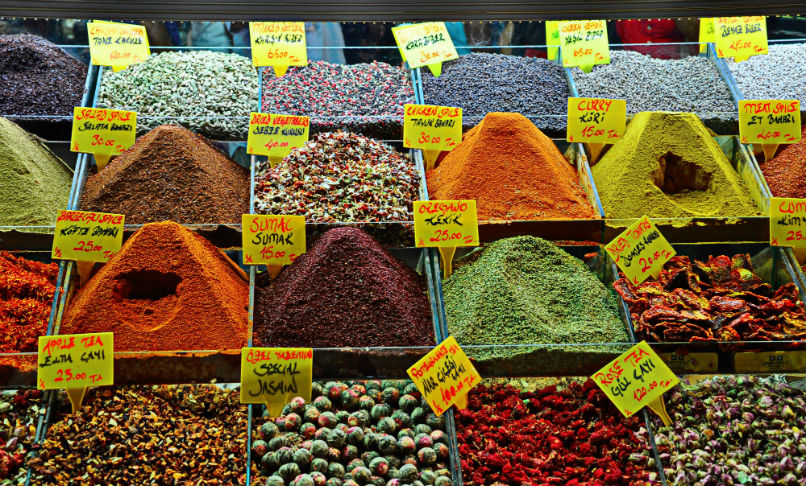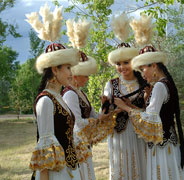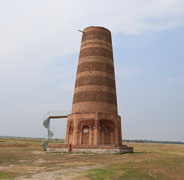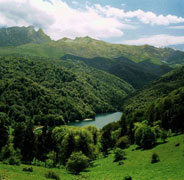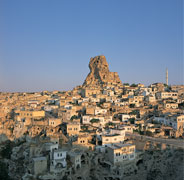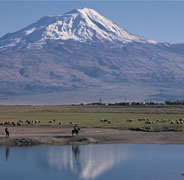Spice Bazaar
The Spice Bazaar (also called the Egyptian Bazaar) was constructed as a part of the "külliye" (a complex of buildings in Ottoman architecture) of the Yeni Cami (or New Mosque) in Istanbul.
Building of the Yeni Cami began in 1597 by order of Safiye Sultan, the wife of Padishah Murad III, and was completed in 1663, the longest construction period for a mosque in the history of the Ottoman Empire.

